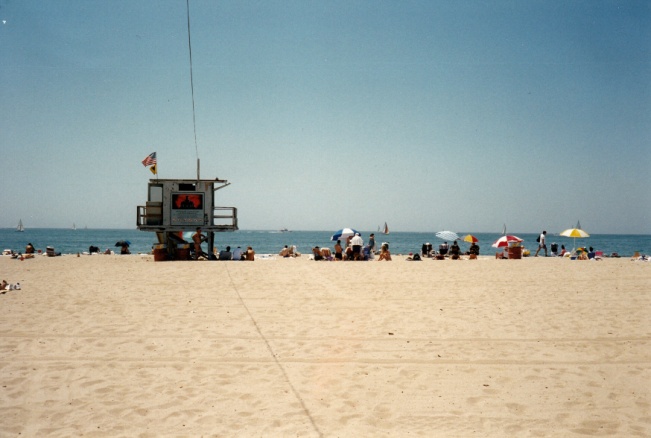Here are some ideas for a really focused 10-minute workout.
- Take a piece of paper, write the word “sport” in the middle, and draw a mind map – a diagram of related words. If that is too easy, start with a more difficult concept such as “illness”, “November” or “emotions”. Look at your mind map(s) a few days later and use your dictionary to add some more words.
- Find a recording that’s less than one minute long, and play it through without stopping. Repeat exactly what you hear, copying speed, intonation and pauses. You should be speaking about three seconds after the original. This is excellent training for your ear and your short-term memory.
- Copy a short text into a Word document on your computer and save it. You can now manipulate the text to create exercises for yourself. For example, delete all the articles, all the prepositions or all the content words. Insert lines where you have removed words, and save your changes. On the following day, do the exercise and check your answer with the original. Now prepare the text again, but don’t put in the lines this time. Do the exercise the next day. This help build your awareness of sense groups in text.
- Listen to your favorite song and try to write down the words. Listen again, until you have as much text as you can understand. Use the CD booklet or the internet to check what you’ve written. Spotlight 11/06 by Joanna Westcombe
Versuchen Sie unabhängig davon, welche Lernmethoden Sie bevorzugen, möglichst viele Sinne in Ihren Lernprozess mit einzubeziehen. Denn: Je unterschiedlicher wir uns unseren Lernstoff aneignen, desto vielfältiger sind die Möglichkeiten des Erinnerns und Behaltens.
Deshalb steigt die Erinnerungsquote deutlich an, je mehr Sinne am Lernprozess beteiligt sind (Petra Sütterlin):
- Nur Hören 20%
- Nur Sehen 30%
- Sehen und Hören 50%
- Sehen, Hören und Diskutieren 70%
- Sehen, Hören, Diskutieren und selber Tun 90%




